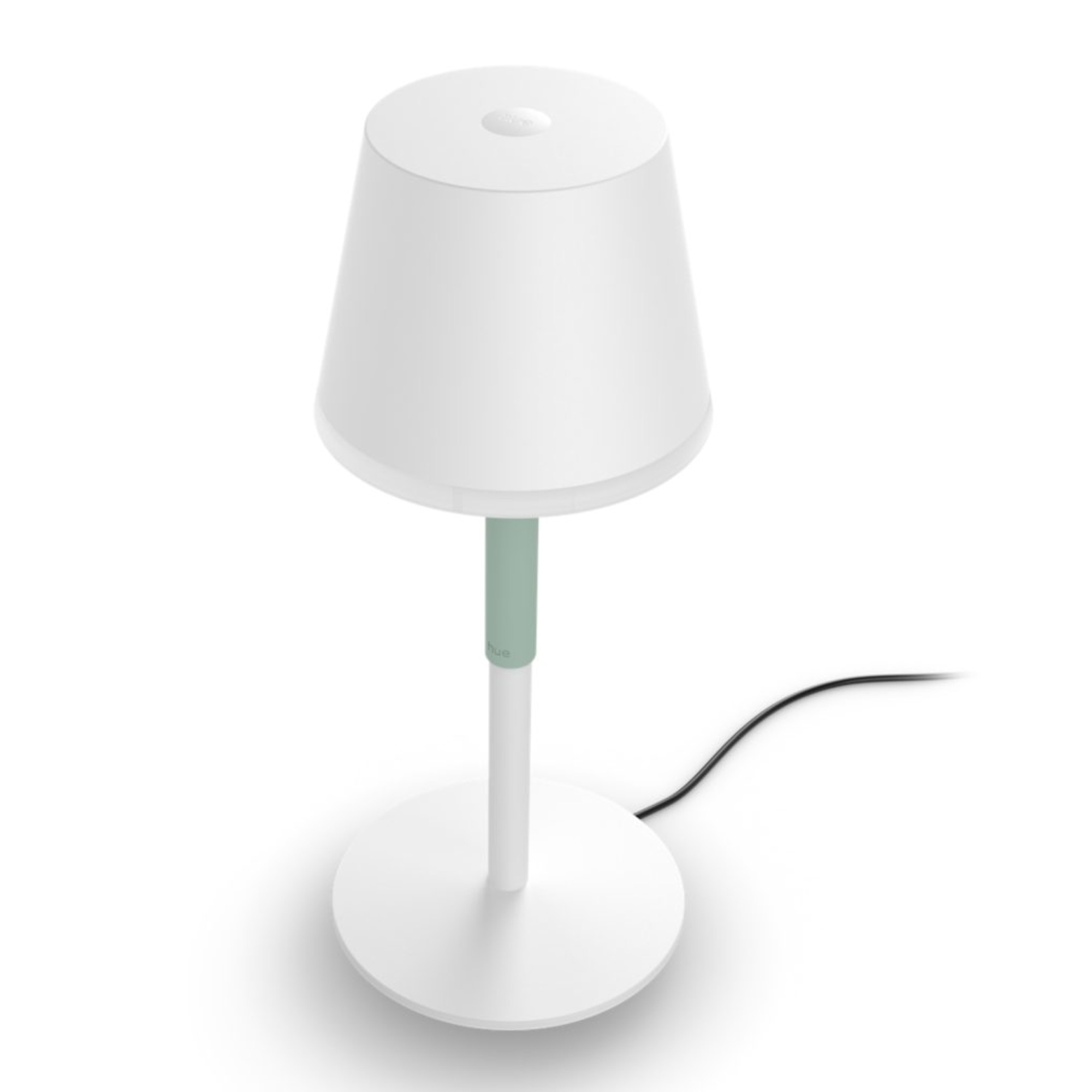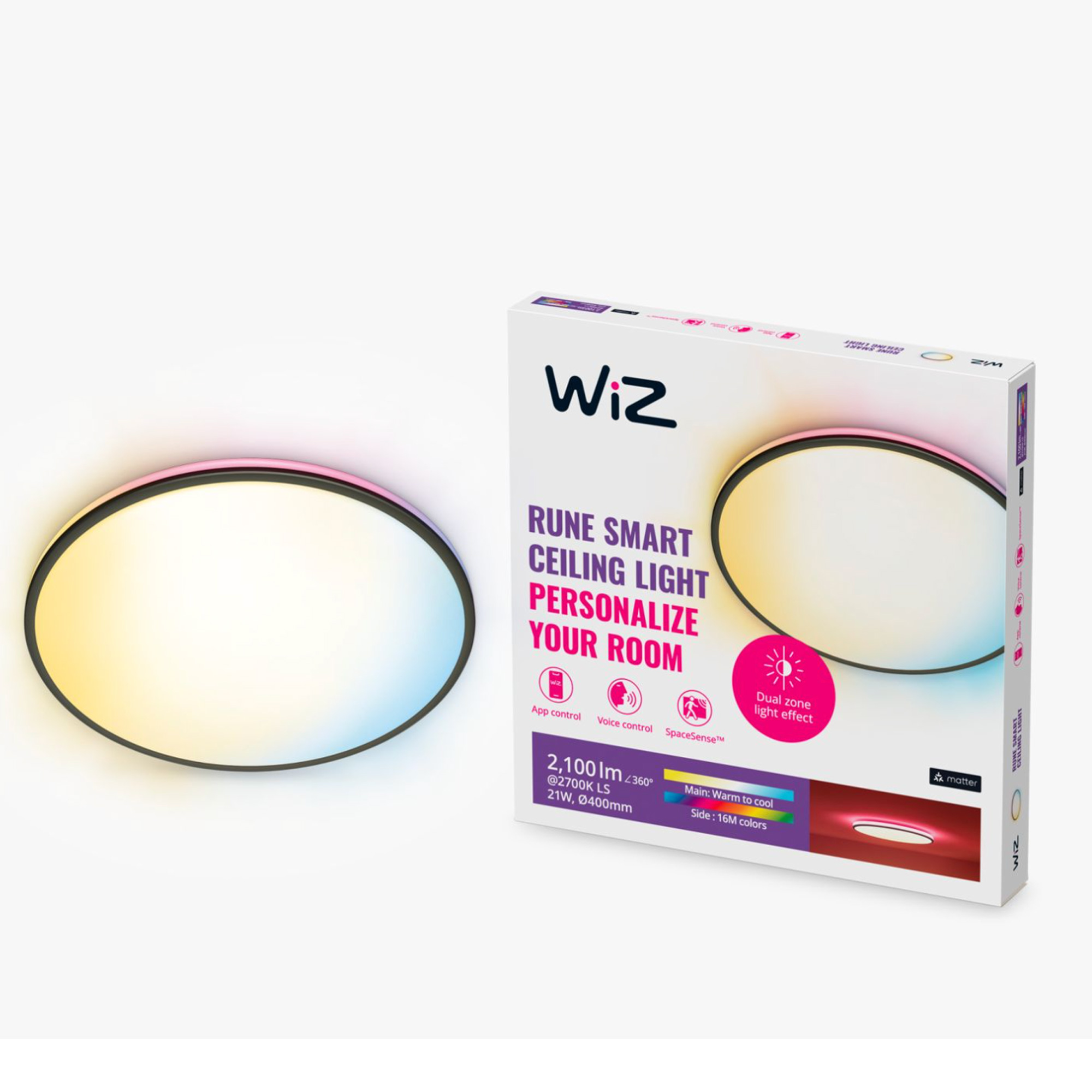What is smart lighting? And why do I need it?
We explain how smart lighting works and how it can really transform the way you live at home for the better…
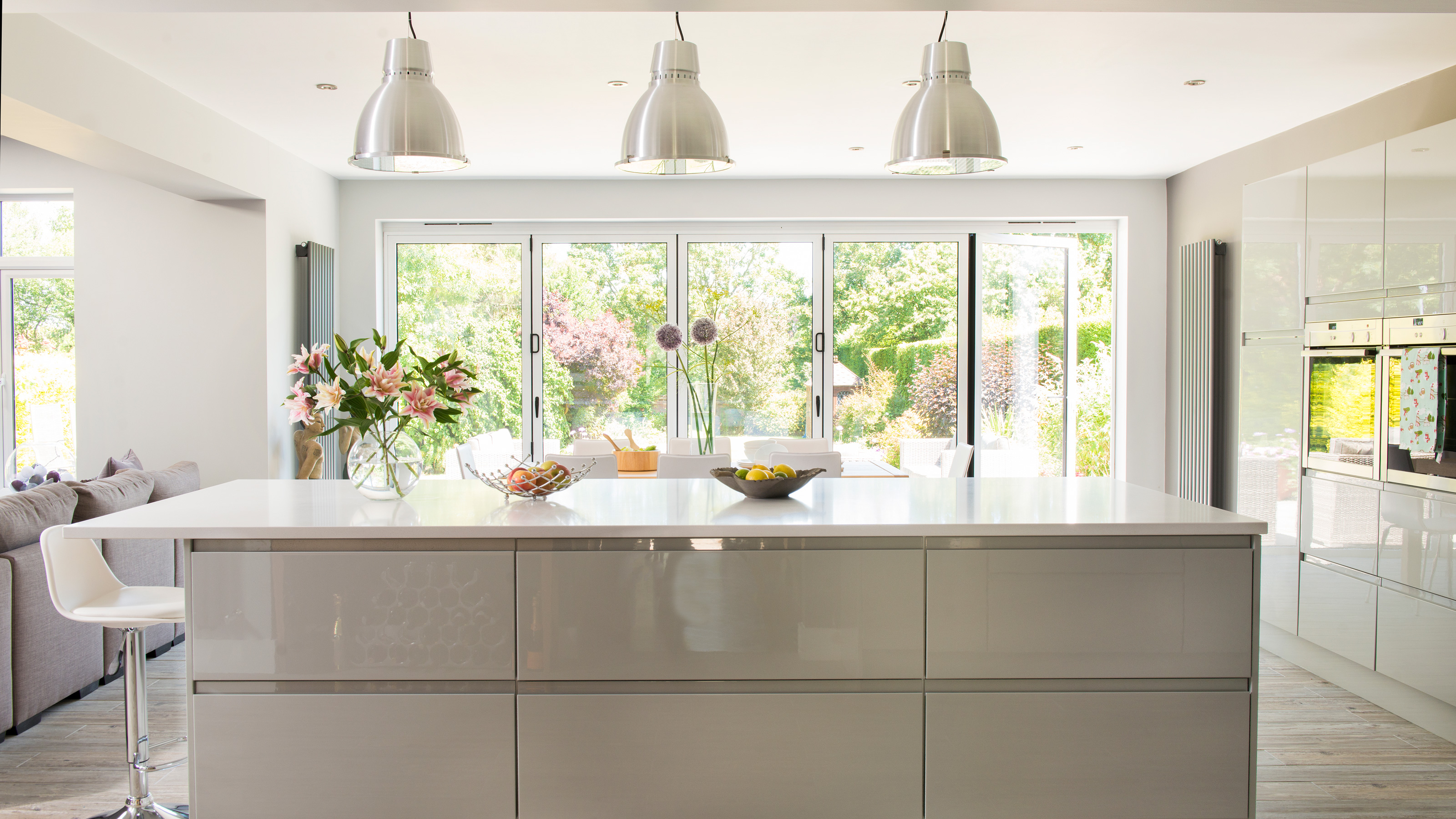

Convincing people to buy into smart lighting can be a bit of a hard sell. While many people can see the benefits in installing a video doorbell or a smart thermostat, on the surface smart lighting doesn't seem that transformative. If you can’t see how smart lighting could work for you, it's probably because you’re not familiar with all the ways in which it works.
For instance, when introducing a smart home element to a property, many automatically dismiss smart lighting, presuming that it means installing either colourful or super bright lights at home. While that functionality is available with smart lighting, unless you’re a teenager, the majority of people will never really use it.
In reality, once installed smart lighting will quickly blend into your home’s fabric, giving you full control of the lighting in every room using your smartphone, tablet or voice (via voice assistant).
Awesome automation
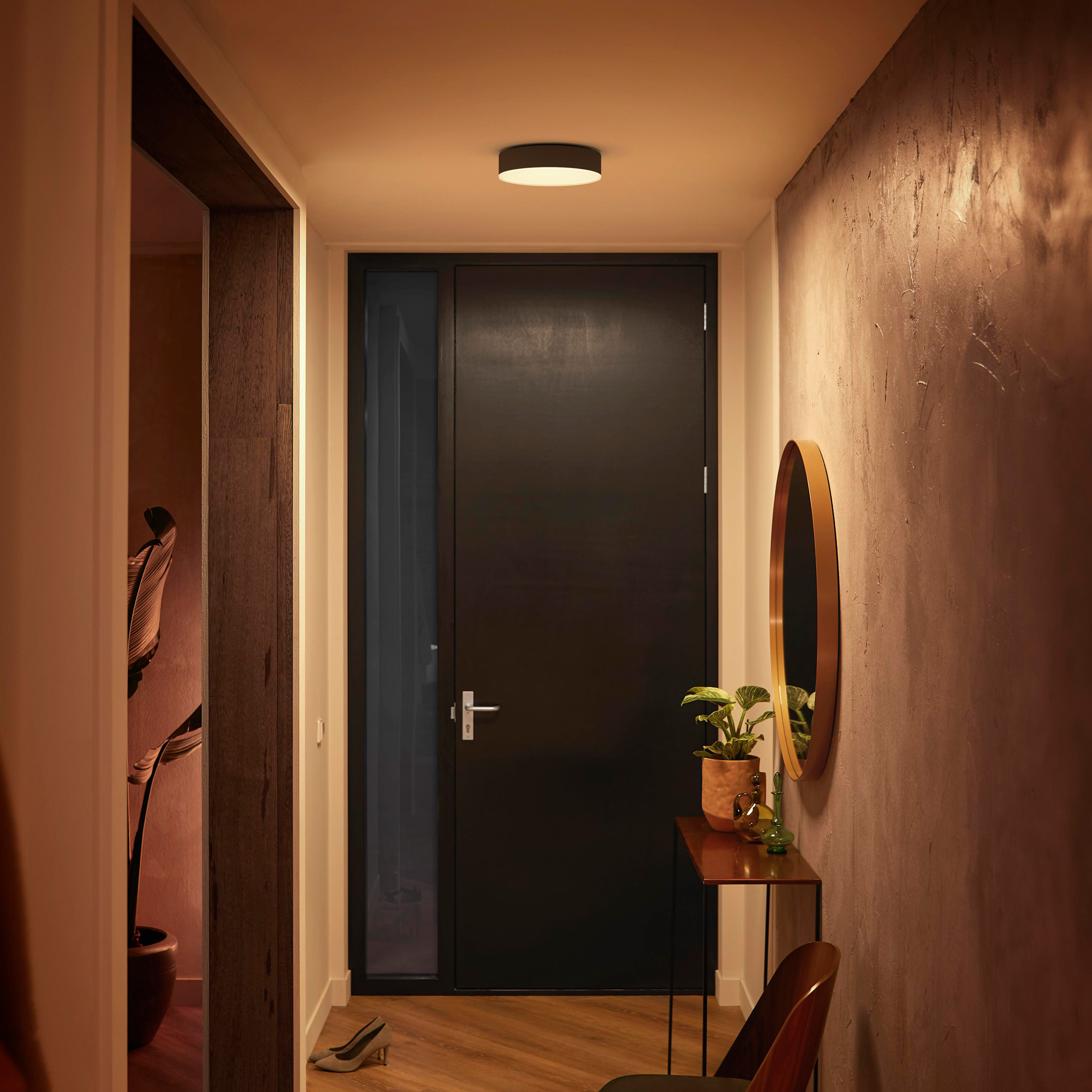
Most people know by now that smart lighting can be controlled by switching lights on and off either via an app on your smartphone or by voice command when the system is linked up to a voice assistant. But that’s just its basic functionality.
Where smart lighting really comes into its own is when it is programmed to respond and adjust to the time of day or a certain action. Most smart lighting systems can be programmed around timers or routines.
Timers can be set to adjust the lighting at particular times of the day - say, switching your living room lighting on at 7pm and dimming slightly an hour and a half later, then switching off completely at a set bedtime.
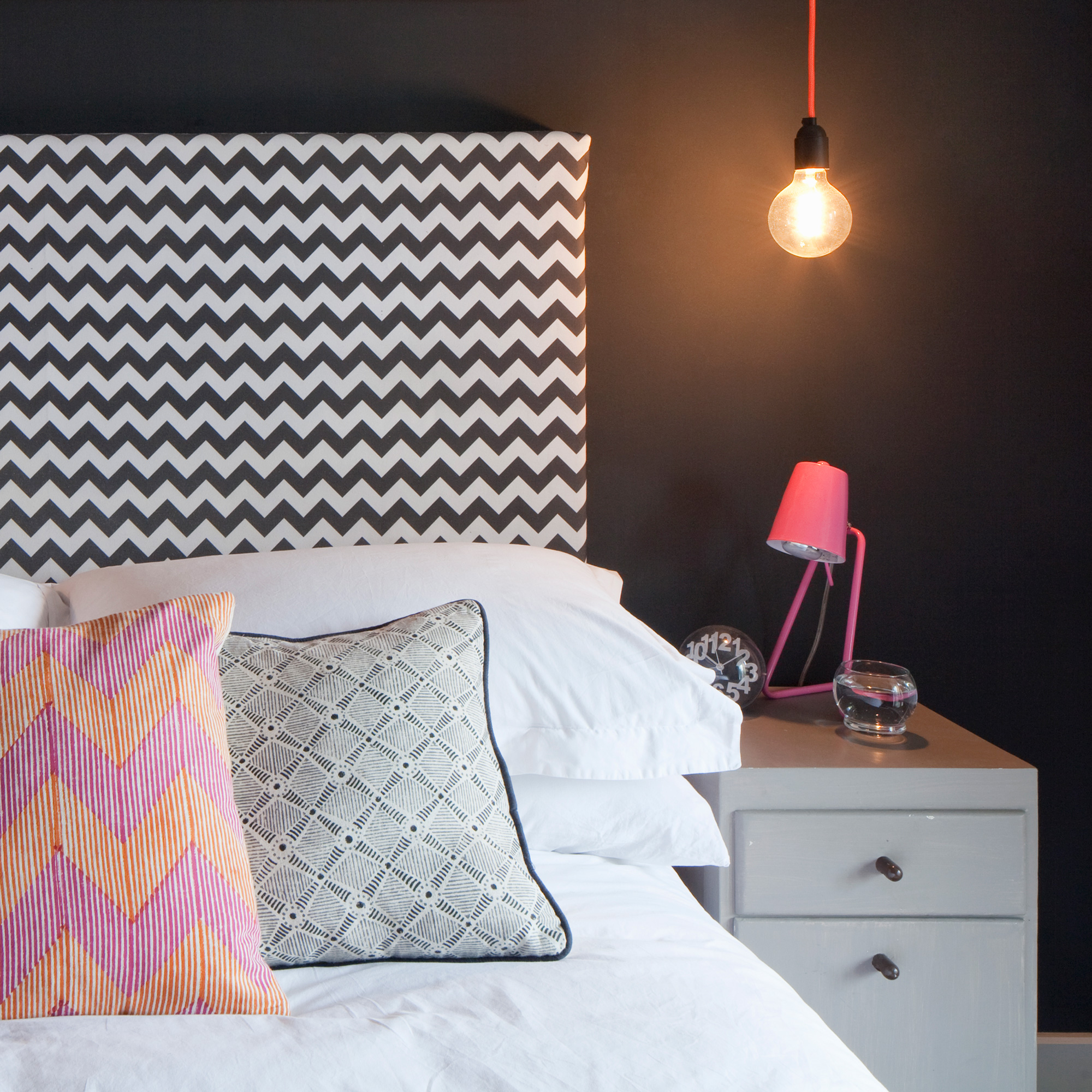
Routines are a little more sophisticated as they respond to your actions - whether you’re coming home, leaving the house, waking up or going to bed, they’ll adjust the lighting in whatever way you want, according to your needs.
Get the Ideal Home Newsletter
Sign up to our newsletter for style and decor inspiration, house makeovers, project advice and more.
Aside from the practical benefits of never having to trot around the house, switching on a multitude of lights and lamps at various times of the day and then switching them off again, smart lighting routines also prove to be a great addition to your smart home security set up. Because lighting that regularly changes, going on and off at different times surely means that someone's home, right?
Practical benefits
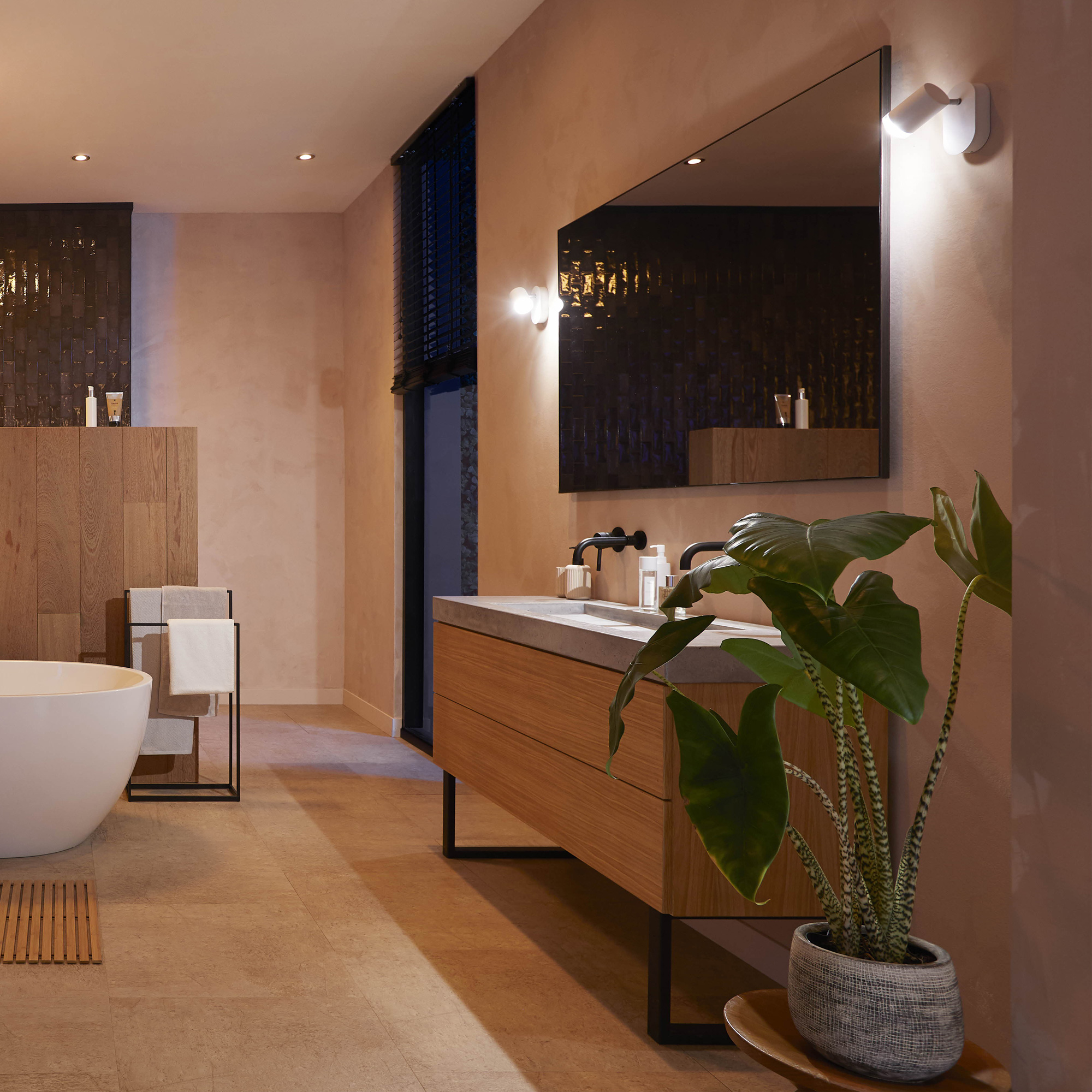
Unless you have a dimmer fitted to your standard light switches, you can’t control your lighting as quickly or as easily as you would if you had lights connected to a smart system.
What’s more, with smart lighting you can add on a motion sensor to allow lights to turn on when you enter a room - perfect for dim lighting in a hallway or bathroom at night time.
It’s super handy to be able to switch your lights on by voice command when you have your hands full. Plus many systems can follow the circadian rhythms of the day, e.g. turning lights on when it’s dark, and off again when it’s bright enough.
Link it up
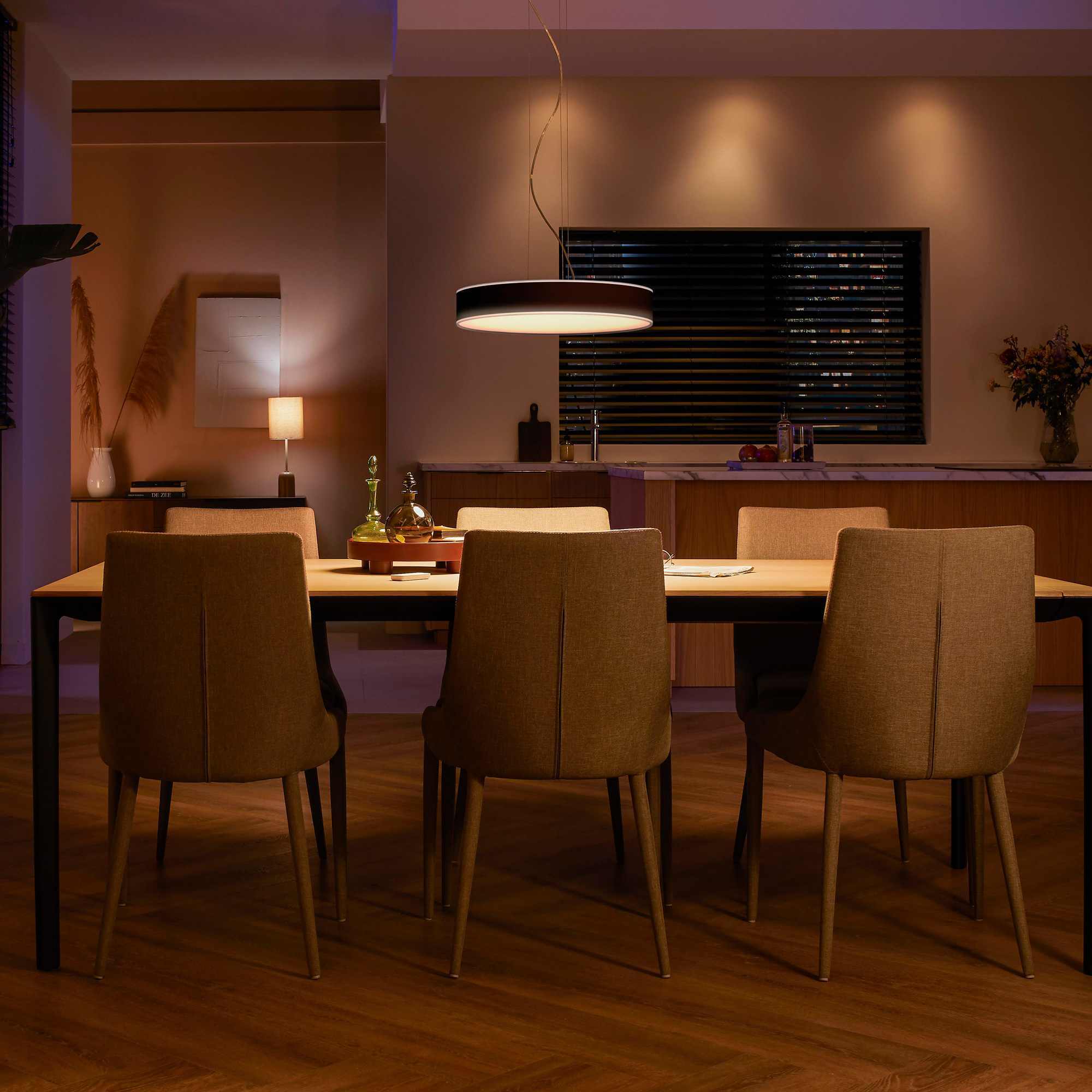
Depending on how much other smart home tech you’ve invested in, all of your smart devices can ‘talk’ to each other and there’s strength in numbers. Sync them all together into one smart home ecosystem and your lights can pulse in your bedroom when a timer in the kitchen has alerted.
Or if you want to keep noise to a minimum, you can make your lights flash when someone has rung the video doorbell. Link them to a smart thermostat and your lights can dim in the evening when your heating goes on. The options are almost endless, all you need is a little imagination.
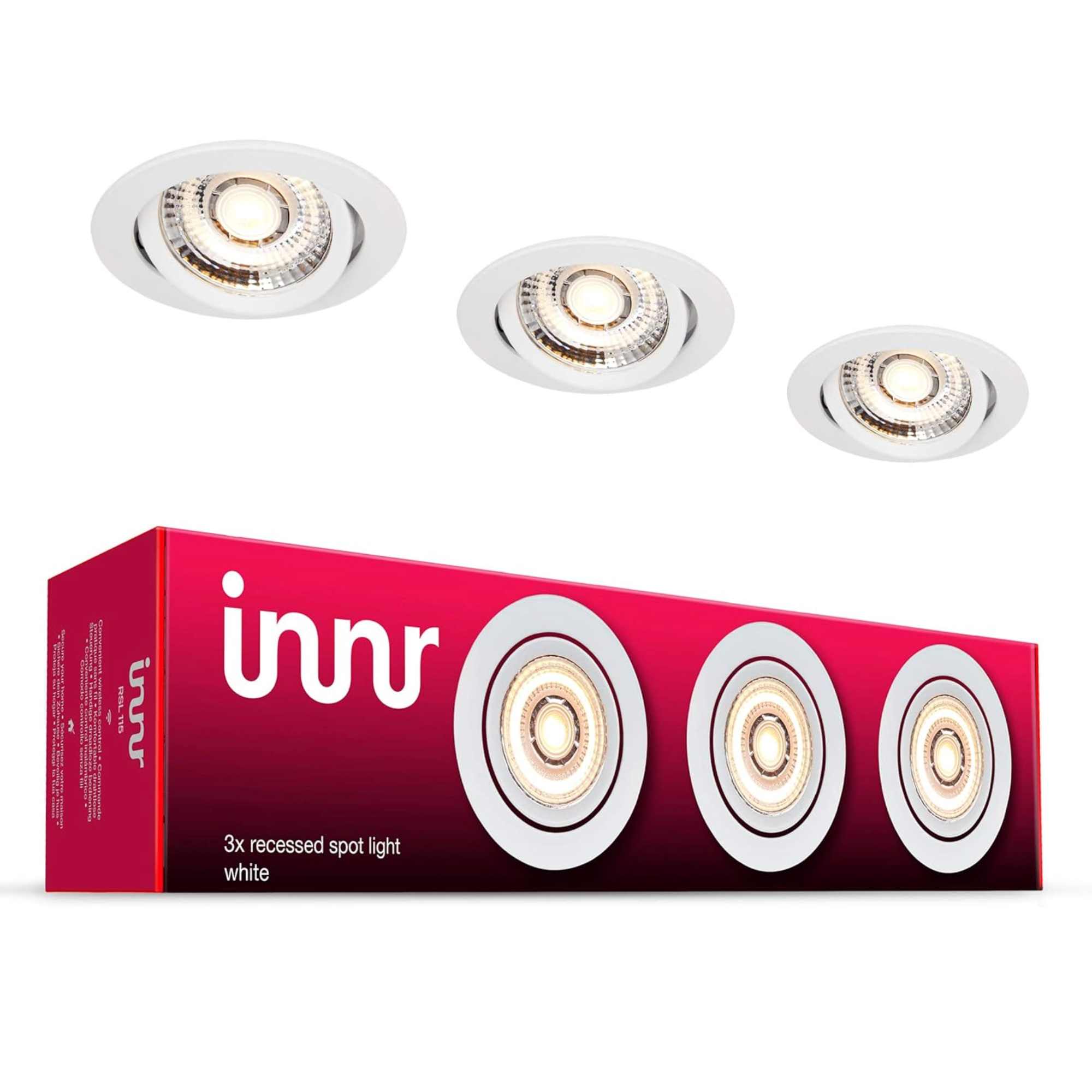
Want recessed lights that you can flick on just by asking? Install this smart set into your ceiling, link them to a voice assistnt and that dream can become a reality...
What is smart lighting?
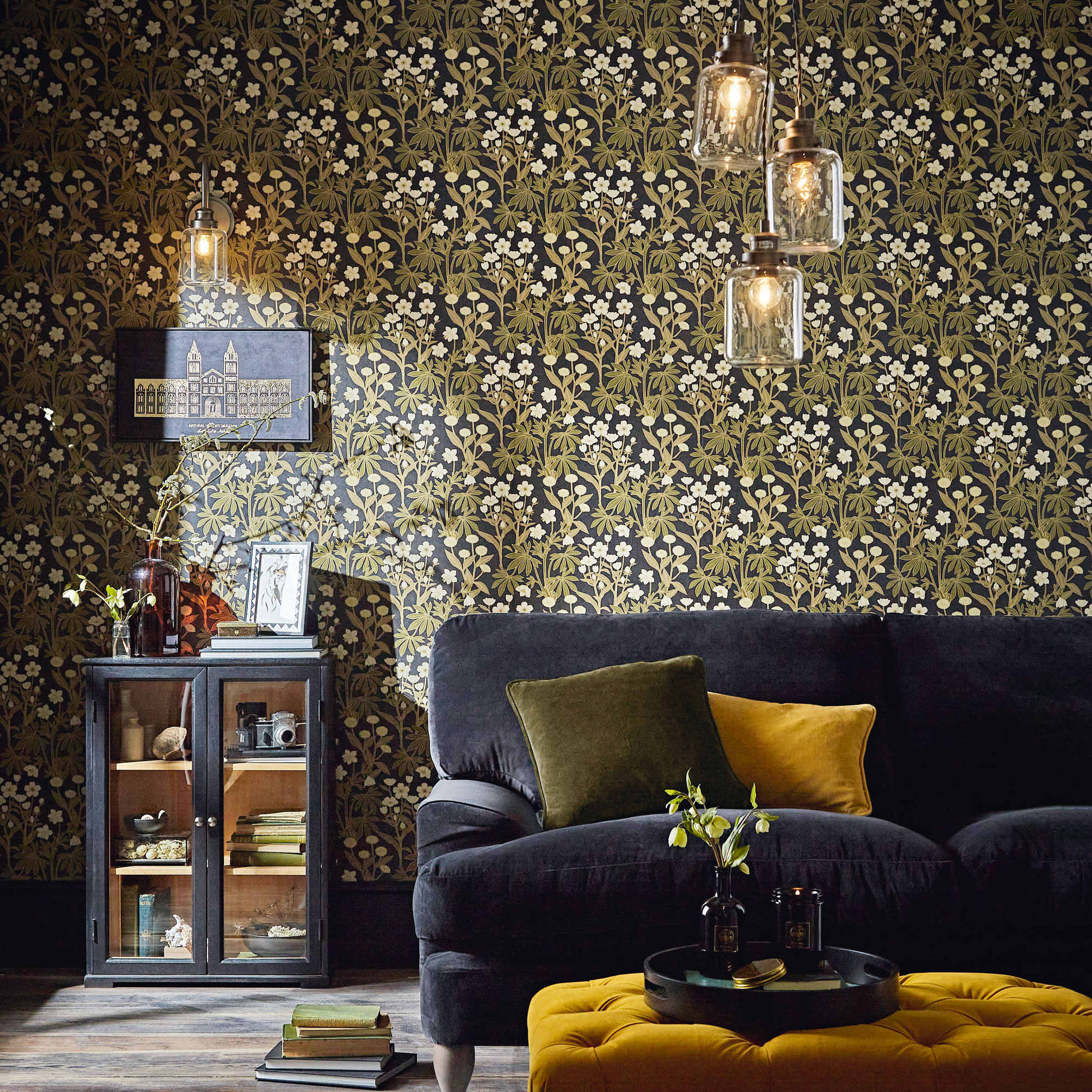
At its core, the best smart lighting is just a special lightbulb with built-in software. This can connect to and control from a smartphone or voice assistant.
'Conventional light bulbs work by flipping a switch on and off,' explains Giuliano Ghidini, UK&I Consumer Commercial Leader at Signify. 'Sometimes they are hardwired into a dimmer switch, allowing you to dim or brighten the lights. However, this is generally the extent of the functionality of traditional home lighting.'
'Smart lighting on the other hand,' continues Giuliano, 'gives you far more control over your lights. They are still connected to your home's mains power, but each smart bulb and LED-integrated fixture allows you to control it wirelessly with your phone, tablet or smart assistant, such as Google Assistant, Amazon Alexa or Apple Home.'
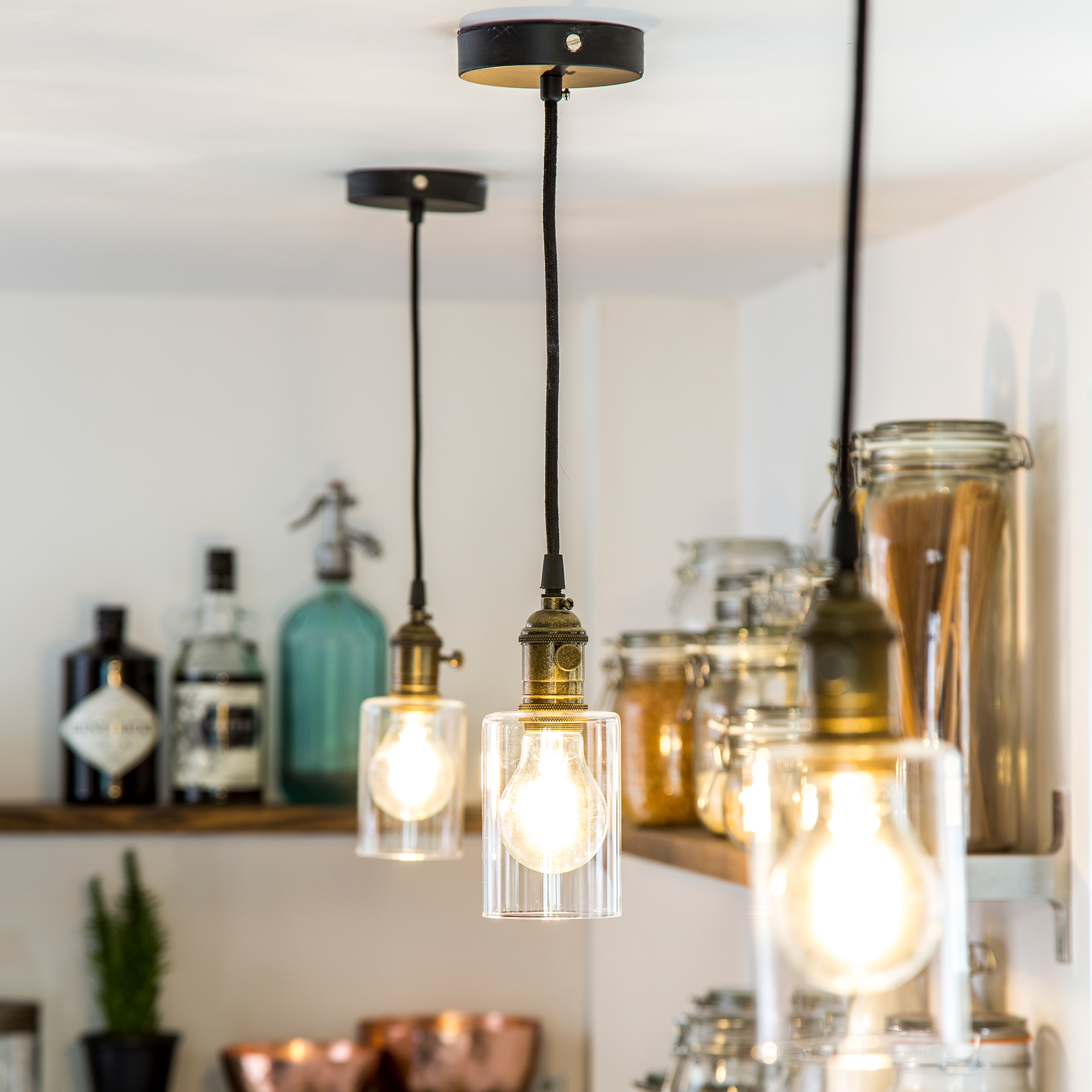
Smart lighting is connected in a variety of ways. While some are connected directly via Bluetooth, other smart lighting systems require something called a bridge. This is basically a separate, central hub from which you link lots of lights or bulbs together via Wi-Fi. This in turn is connected to your smart home system.
'There are simply different ways of connecting your bulbs,' explains Giuliano. 'Philips Hue uses a protocol called Zigbee that connects with the Hue bridge. Zigbee bulbs work on a mesh network principle, with each product acting as a repeater. The more products you have connected, the stronger the signal will be.'
'With Hue specifically, all new products are both Bluetooth and Bridge compatible – the only differences are the amount of accessories you can have on your system (50 lights and no accessories for Bluetooth, 50 lights and up to 12 accessories for Hue per Bridge), the use of different rooms and the use of additional features such as automation and routines.'
'Meanwhile,' adds Giuliano, 'Philips Smart LED bulbs with WiZ Connected work over WiFi. They have a Bluetooth functionality to ensure a seamless pairing with the app at the time of installation. No bridge is required for our Philips Smart LED range, and the WiZ platform can support up to 200 smart light points in a home.'
What are the benefits of smart lighting?
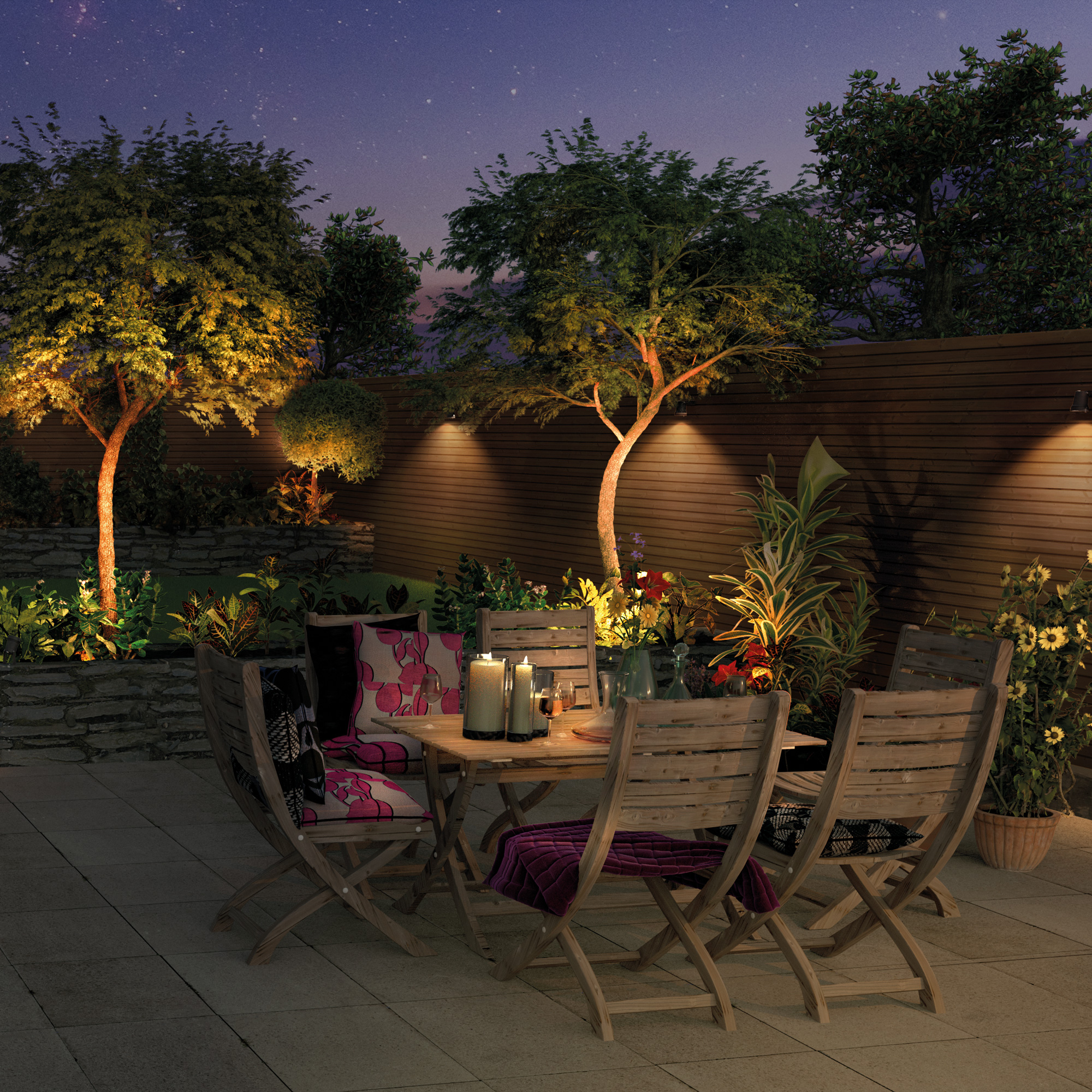
A smart light can produce a vast amount of colours (literally, millions). But smart lighting doesn’t stop there. It gives you the option of instantly adjusting the brightness of your living room, bedroom or kitchen lighting, as well as choosing from the specific warmth of the light.
It’s super convenient too if you have a wide array of lights set up in a room. Instead of having to switch on every single light source in your home each evening, you can program all of your living room lighting ideas to turn on automatically in a single action.
There’s also the option of scheduling them with specific routines. For example, you can set them to dim gradually as you drift off to sleep and build up in brightness to wake you up gently each morning.
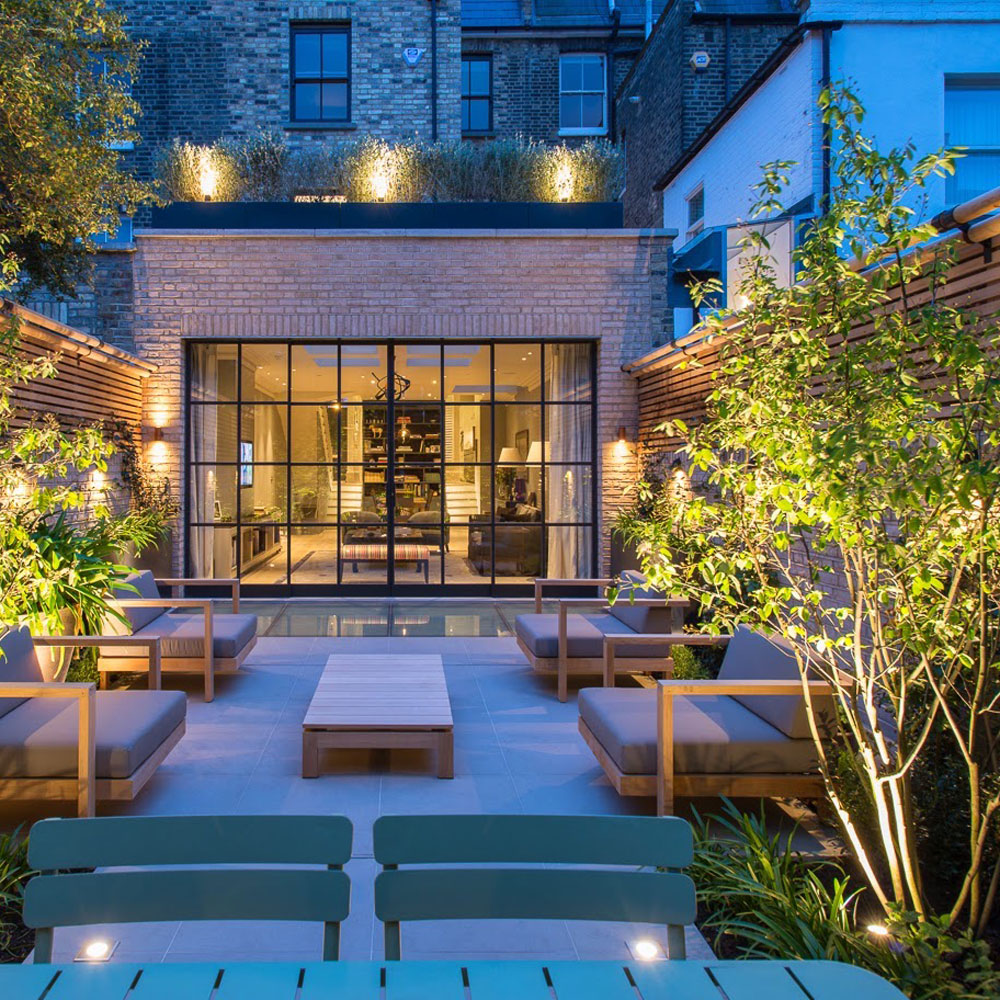
The majority of smart lights are LED, too, which uses a lot less energy and lasts a whole lot longer than traditional lightbulbs. 'Smart LED bulbs last much longer and generate less heat than incandescent or CFL light bulbs, thus using less energy,' explains Giuliano.
'LED lighting saves up to 90% energy compared to a traditional bulb,' he continues. 'When coupled with controls, lighting can be used as per need. For example, if there is no movement detected by the motion sensor, the lights can be programmed to switch off automatically. With this, users can save money on energy bills, depending on use.'
What types of smart lighting are there?
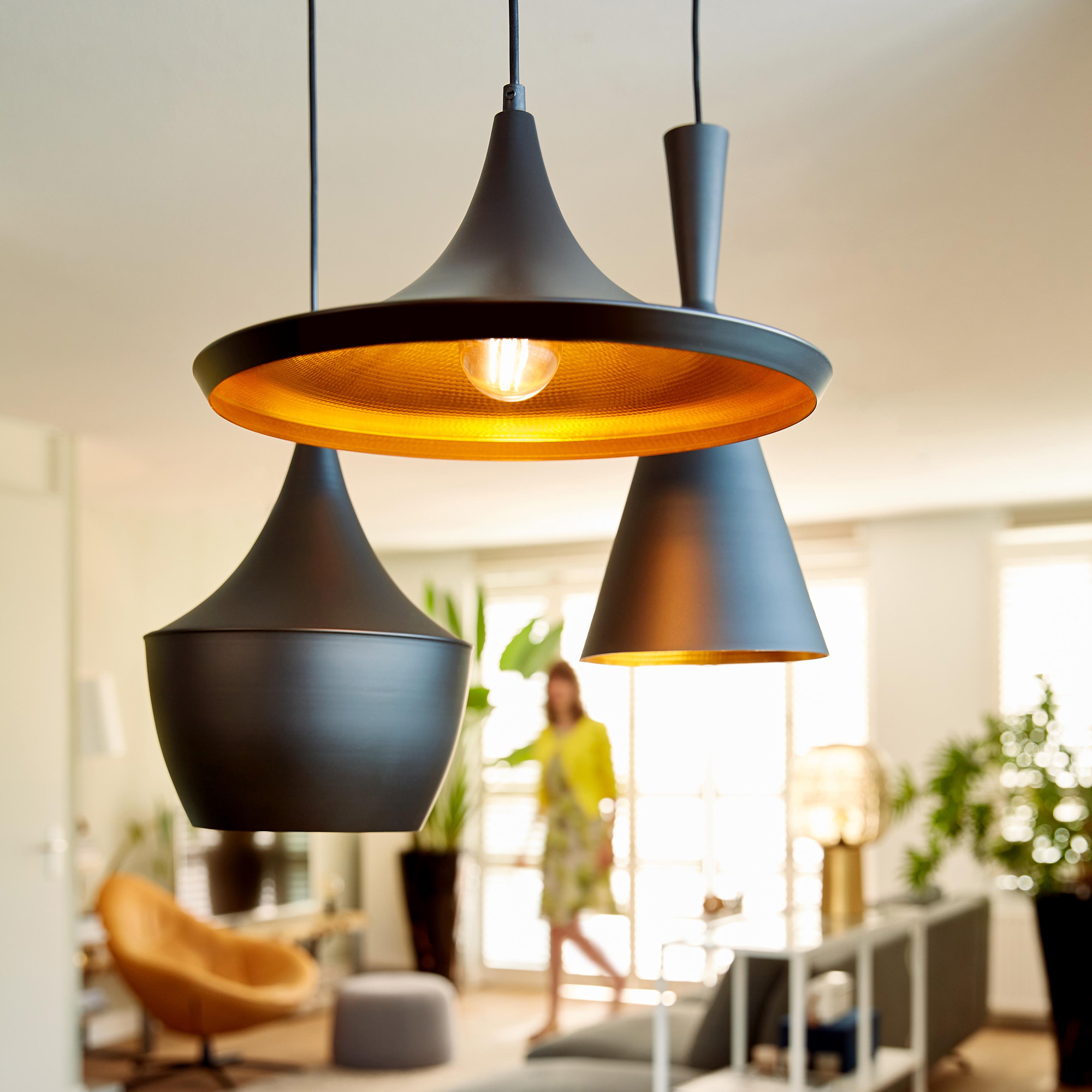
You can invest in a single lightbulb, or branch out into a whole load of smart lighting devices. Philips Hue, the first and arguably most established smart lighting brand in the world, has a wide range of smart lighting for the home. These range from from bulbs and pendants to lamps and outdoor lights. They can be paired with special wireless motion sensors so that the light switches on when any movement is detected.
'You can install smart accessories like dimmer switches to control your lights, suggest Giuliano. 'You can also link specific smart lights, like Philips Hue or Philips Smart LED with WiZ Connected, to partners like Amazon Alexa, Google Assistant and Apple Home Kit through Bluetooth.'
Smart strip lighting (try Innr or WiZ) is great for lighting architectural details and backlighting shelving, or even zhushing up a teen’s bedroom. Nanoleaf goes the decorative route with its art-inspired smart lighting. Wall-hung panels join together to create a striking focal point that is completely controlled via your smartphone.
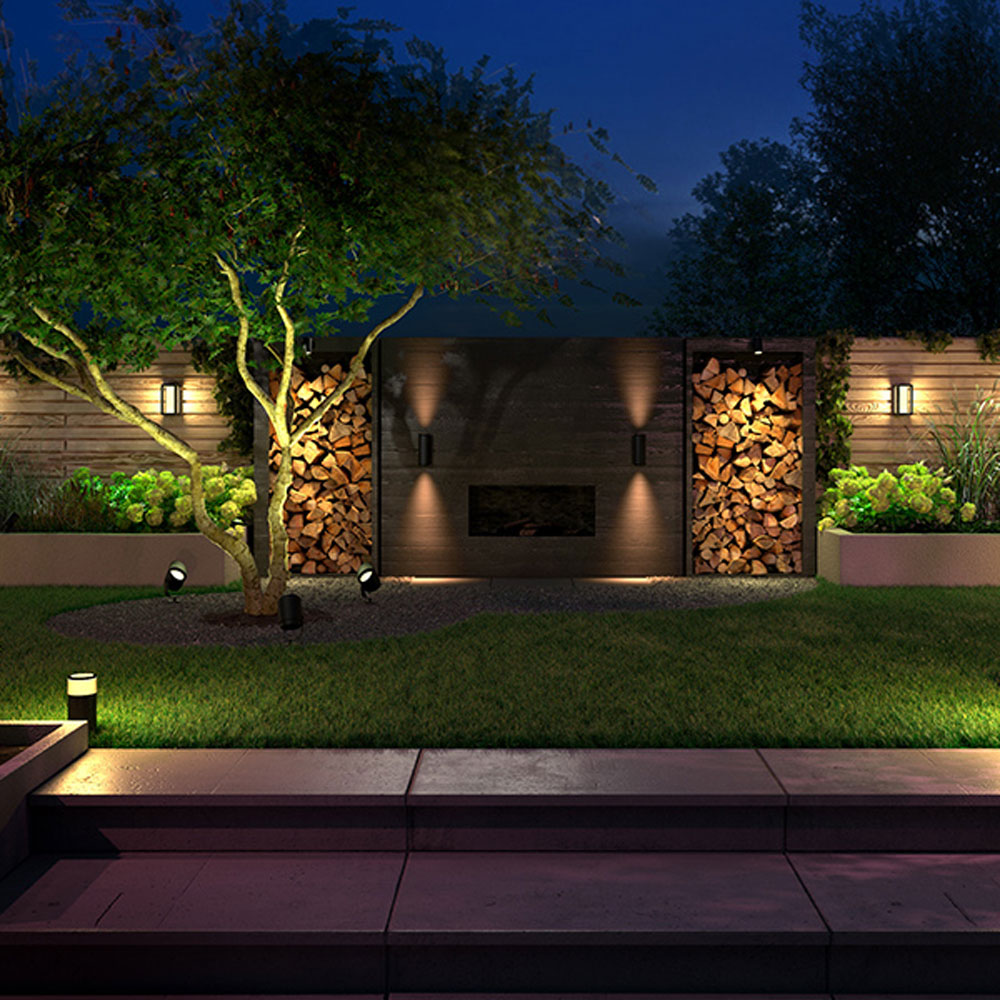
Gardens can be lit with a whole host of outdoor lighting ideas, weatherproof smart lights. Choose from uplights and lanterns to handsome exterior wall lights. Come Christmas time, Twinkly’s ingenious smart tree lights come in many shapes and sizes. They can even pulse to the beat of any music playing.
How difficult is it to set up smart lighting?
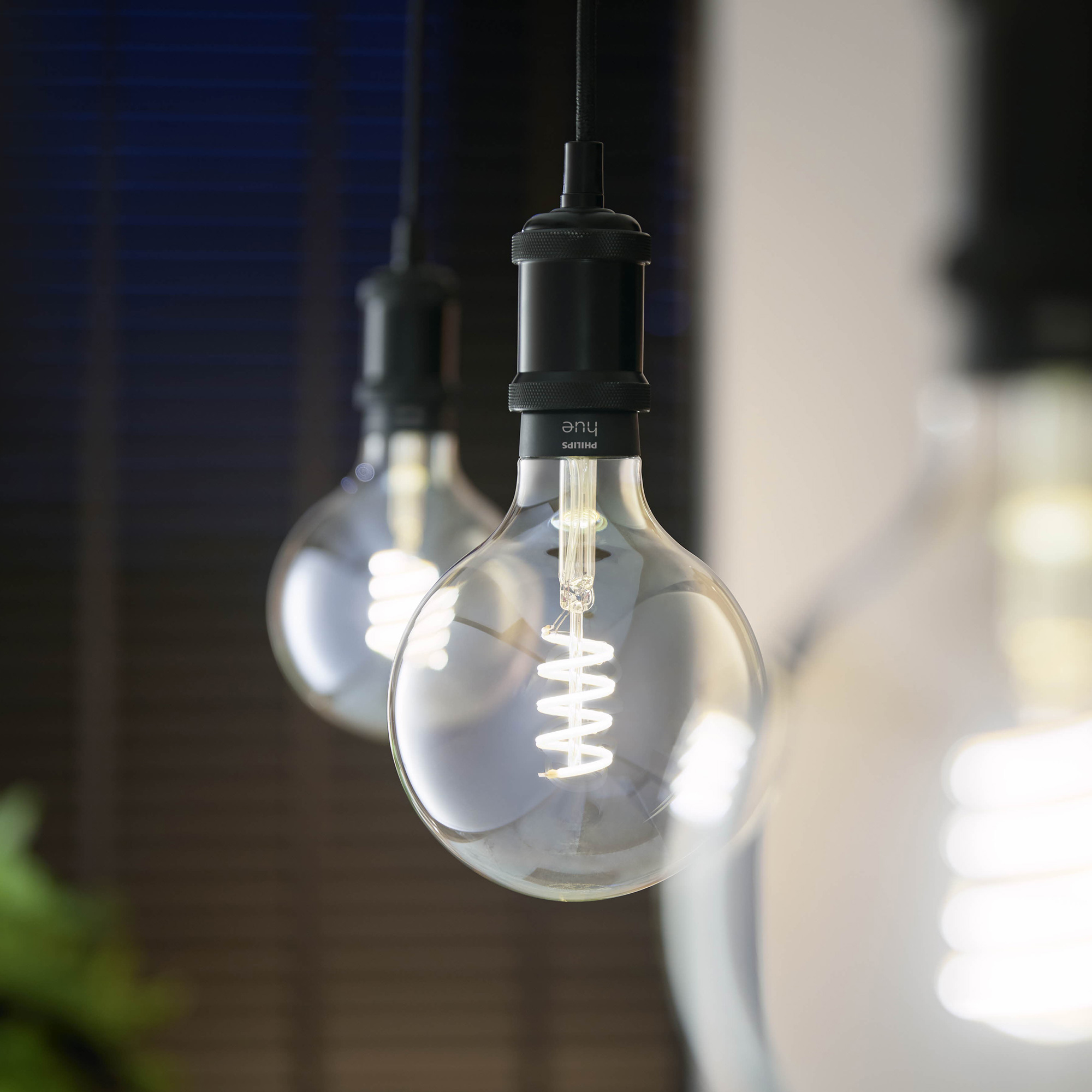
It's a pretty straightforward process provided you follow the instructions. As Giuliano explains: 'Smart lights replace your existing incandescent bulbs. They eliminate the need to rewire your home or hire an electrician to get things going. Simply screw the bulbs into your existing light fittings and connect to WiFi or Bluetooth. Next, install a Hub or Bridge by plugging it into your WiFi router (if required), download the smart app, and enjoy!'

Ginevra Benedetti has been the Deputy Editor of Ideal Home magazine since 2021. With a career in magazines spanning nearly twenty years, she has worked for the majority of the UK’s interiors magazines, both as staff and as a freelancer. She first joined the Ideal Home team in 2011, initially as the Deputy Decorating Editor and has never left! She currently oversees the publication of the brand’s magazine each month, from planning through to publication, editing, writing or commissioning the majority of the content.
-
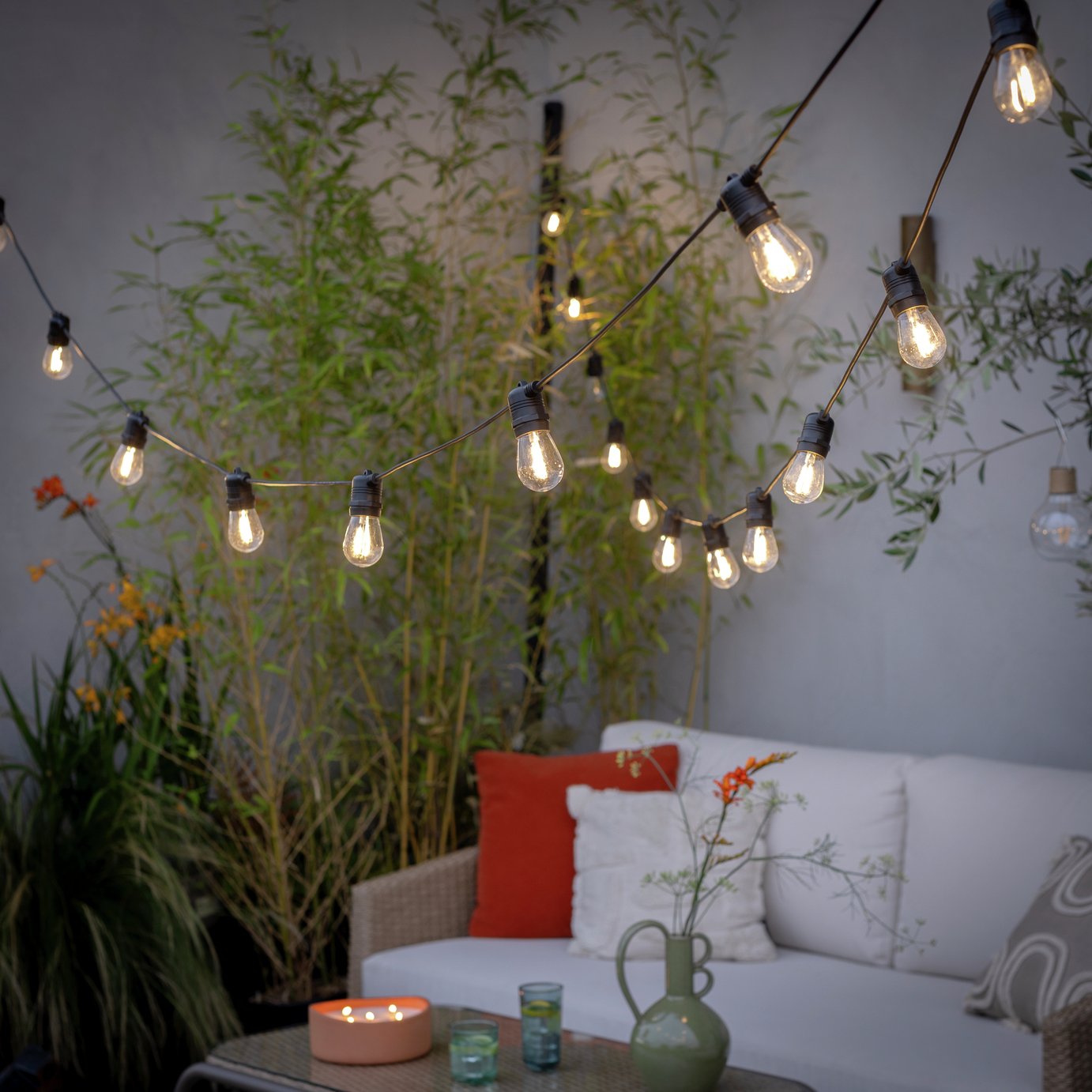 The 6 outdoor lights from Habitat that I'm choosing between to make my outdoor space look more expensive this summer
The 6 outdoor lights from Habitat that I'm choosing between to make my outdoor space look more expensive this summerI couldn’t believe some of the prices
By Ellis Cochrane
-
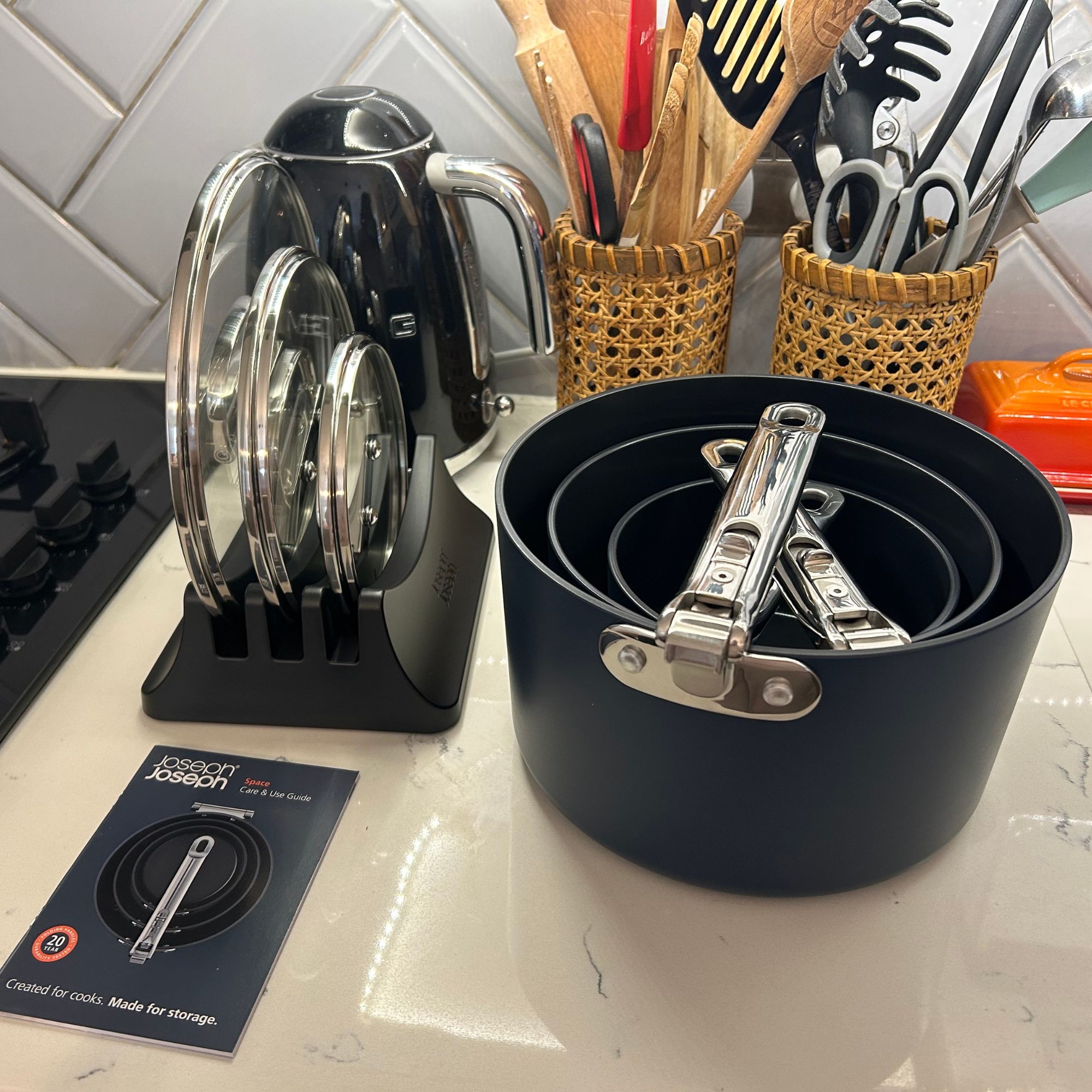 Joseph Joseph 3-piece Saucepan review – seriously space-saving
Joseph Joseph 3-piece Saucepan review – seriously space-savingSmall kitchen? I tested this innovative Joseph Joseph space-savvy set which has foldable handles — and I loved it
By Annie Collyer
-
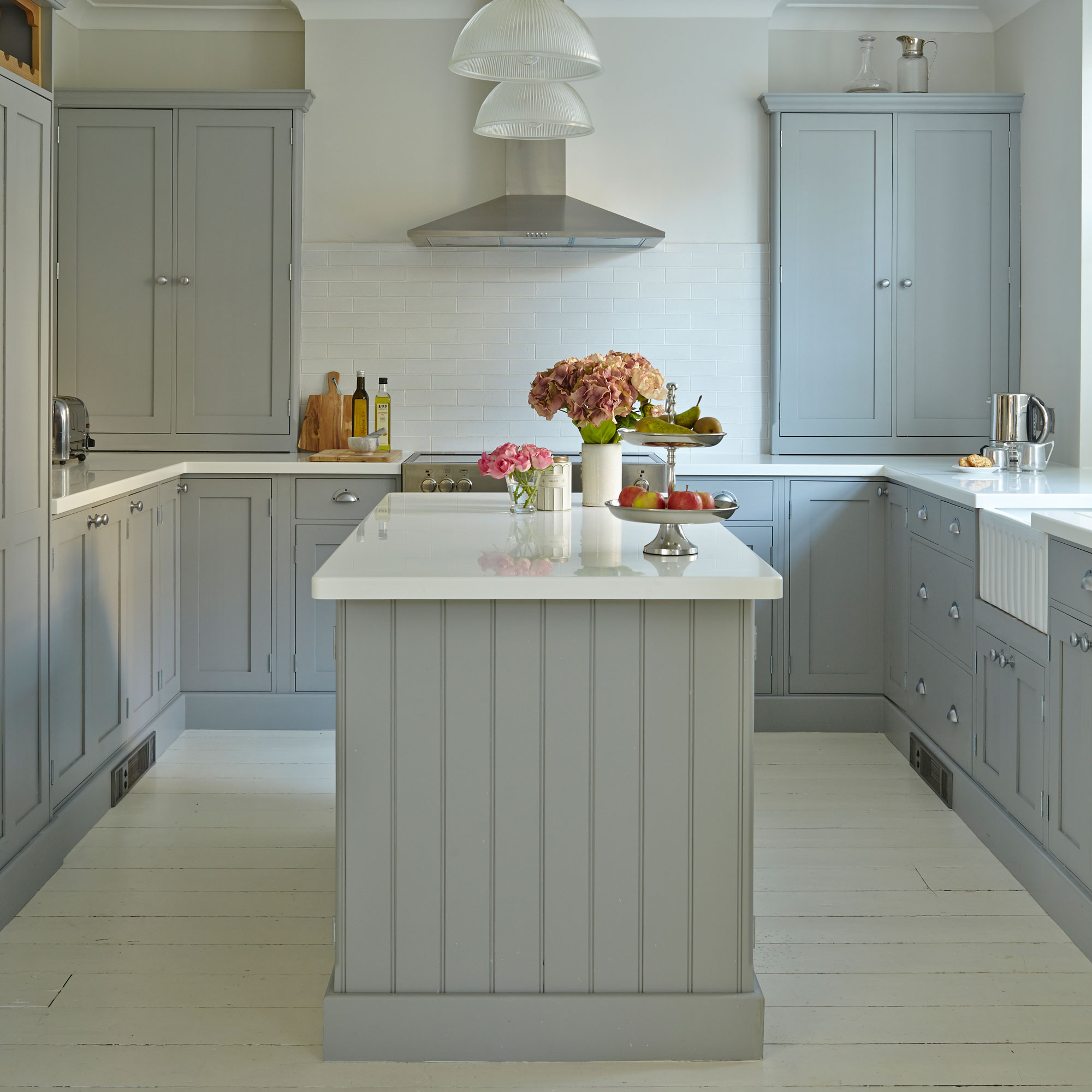 Forget seating, this is how you should be making the most out of your kitchen island in 2025
Forget seating, this is how you should be making the most out of your kitchen island in 2025Seating doesn't always have to be a necessity on an island when you can choose these ideas instead
By Holly Cockburn
